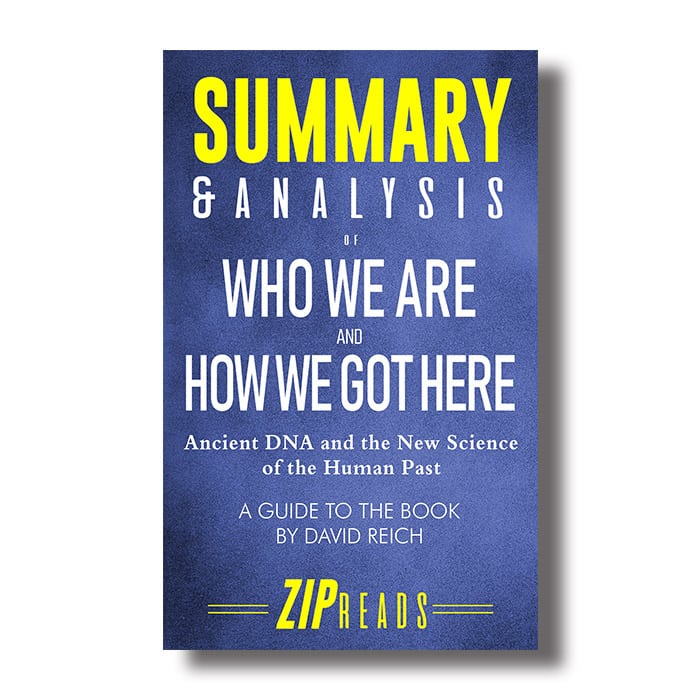

“Since 2009,” writes the author, “…whole-genome data have begun to challenge long-held views in archaeology, history, anthropology, and even linguistics-and to resolve controversies in those fields. Mutations appear at a regular rate, allowing researchers to measure time elapsed as evolution proceeds. Comparing one genome to another reveals the relationship between populations more accurately than comparing bones. As generations pass, strings of DNA in the genome split and recombine, and errors (mutations) appear in individual genes. Readers who pay close attention will understand Reich’s explanation of what this reveals.

At the same time, researchers have become incredibly adept at extracting DNA from bones as old as 400,000 years. Since 2001, when scientists sequenced the human genome for the first time, technology has massively reduced the cost of the procedure. In his first book, Reich (Genetics/Harvard Medical School) describes the revolution in his specialty, genomics, the branch of molecular biology that analyzes our genes, units of DNA that transmit hereditary information from parent to offspring. A surprising new description of how Homo sapiens originated in Africa and spread around the world.


 0 kommentar(er)
0 kommentar(er)
